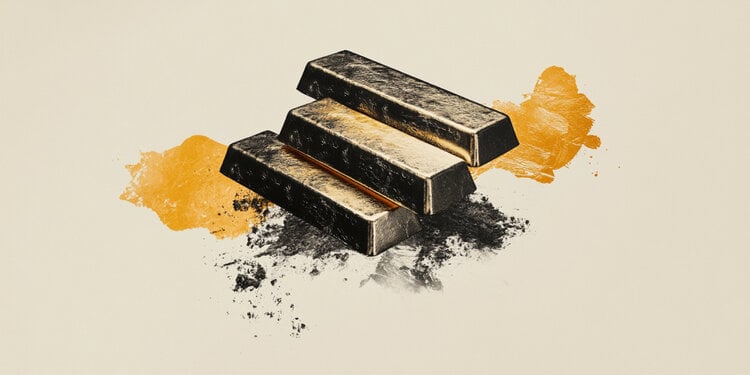A ceremony marked, this Friday (12), the beginning of the renovation of the façade and part of the roof of the National Museum, in São Cristóvão, north of Rio de Janeiro. At this stage, one of the blocks will undergo the works and the expectation is that the entire structure of the museum will have been restored by 2026.
The reconstruction will be under the responsibility of the “Museu Nacional Vive Project”, which brings together Brazilian and international institutions committed to rebuilding the museum, with support from UNESCO and the Vale Cultural Institute.
The works began in September this year, three years after the fire that consumed the São Cristóvão Palace and destroyed a good part of the collection of what was once one of the largest natural history museums in the world.
The reconstruction will cost, in total, R$ 380 million, and a little more than R$ 244 million has already been raised. In addition to restoring the structure, there will also be a replacement of the collection, which had around 9,000 pieces distributed in four circuits dedicated to exhibitions on Brazilian history, universe and life, cultural diversity and environments.
The collection reached 20 million items.
Among the pieces, one of the most important in the museum, the Bendegó meteorite, is still in place and withstood the disaster. Weighing over five thousand kilos, he was placed in protection to prevent damage during construction.
In the campaign to recompose the collection, some pieces have already been donated. Retired Foreign Ministry diplomat Fernando Cacciatore donated 27 Greco-Roman pieces; researcher Wilson Savino contributed an African ethnographic collection; the indigenous Tonico Benites donated an indigenous ethnographic collection to the museum; and musician Nando Reis donated a collection of shellfish.
History of the National Museum
Created by Dom João VI, King of Portugal, in 1818, the museum was initially located in Campo de Santana, in the center of Rio de Janeiro. In 1892, it was installed in the São Cristóvão Palace, former residence of the Portuguese Royal Family. In its 200 years, the National Museum had 20 million items stored in its collection.
On September 2, 2018, however, most of the parts were consumed by the fire, which destroyed the building.
It is not yet known how many of the items in the collection were rescued, but, according to the UFRJ, responsible for the Museum, 5,000 lots, with varying numbers of pieces, have restorers. Among them, all the fragments of Luzia, the oldest human fossil found in national territory.
According to the Federal Police, which investigated the causes of the fire, the accident was caused by a problem in the air conditioning unit, in the Roquette Pinto Auditorium, on the first floor, right next to the main entrance to the museum.
The hypothesis that the fire was an arson was discarded by the investigators, as well as a possible omission by the managers.
Reference: CNN Brasil







